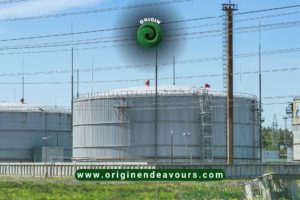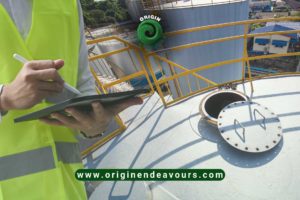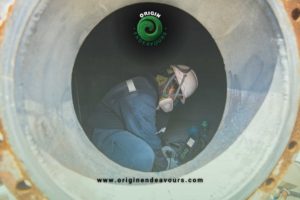
Comprehensive Guide to Non-Destructive Inspection for Storage Tanks
Introduction to Non-Destructive Inspection Non-destructive inspection (NDI) is a critical process for maintaining the integrity of storage tanks. It involves evaluating the tanks’ condition without causing any damage, ensuring they remain safe and functional. This method is particularly important for industries that store hazardous materials, where even a minor leak can have catastrophic consequences. The key to effective non-destructive inspection lies in using advanced technologies and techniques to detect potential issues early. By doing so, companies can avoid costly repairs and downtime, ensuring their operations run smoothly and safely. Benefits of Non-Destructive Testing (NDT) Non-destructive testing (NDT) offers numerous advantages over traditional inspection methods. One of the primary benefits is that it does not compromise the tank’s structural integrity. This means inspections can be conducted more frequently, providing ongoing assurance of the tank’s condition. Another significant advantage of NDT is its ability to detect a wide range of defects, from corrosion and cracks to weld faults and material degradation. This comprehensive approach ensures that any potential issues are identified and addressed before they escalate, enhancing the overall safety and reliability of storage tanks. Techniques Used in Non-Destructive Inspection Several techniques are employed in non-destructive inspection, each offering unique benefits depending on the specific requirements of the storage tank. One common method is ultrasonic testing, which uses high-frequency sound waves to detect flaws in the tank’s material. This technique is particularly effective for identifying internal defects that are not visible to the naked eye. Importance of Regular Non-Destructive Testing Regular non-destructive




